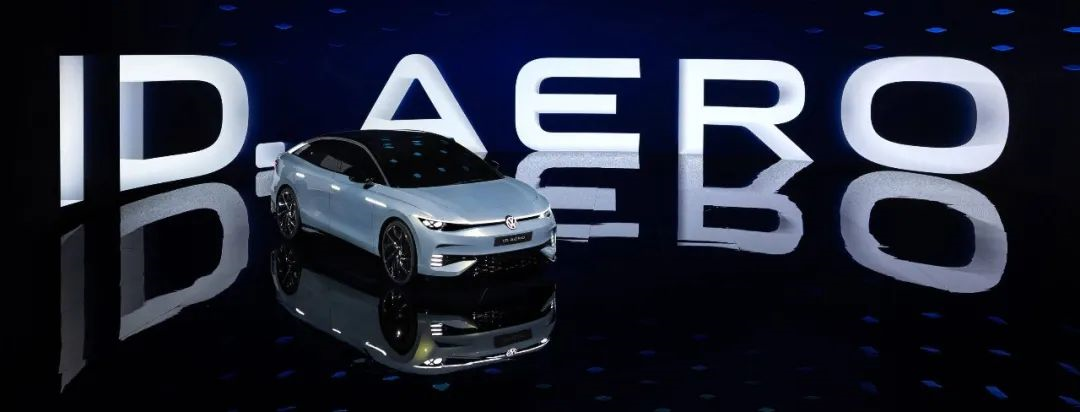Article by Xiong Ruifeng
It’s really difficult to wait until the second half of 2023 for its release!
“Can the pure electric Passat save the day?”
As a “barely passing” fan of Volkswagen, to be honest, the opening sentence made me quite conflicted. I’m excited that Volkswagen finally brought the successor to the Passat (which can also be called the Magotan) – the pure electric ID.AERO. But it’s depressing to think about how well it will sell, given that its predecessor, the ID series, has been very low-key in the domestic market.
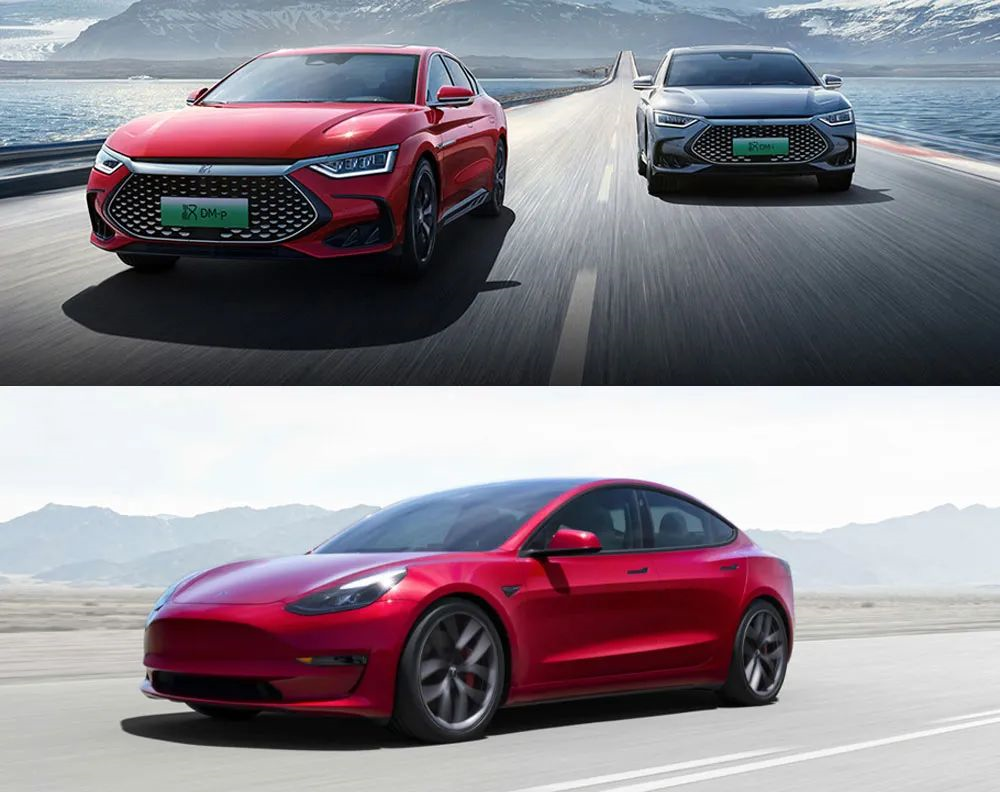
Taking a look at the current domestic new energy vehicle market, hundreds of automakers are all competing for a share. As the leader of domestic new energy vehicles, BYD’s unreachable sales figures have proven its market position. The labels of high cost-effectiveness and safety are firmly attached, even causing shockwaves among veteran joint venture manufacturers such as the Toyota Corolla, Nissan Sylphy, and Volkswagen Lavida.
As for Tesla, it is a car manufacturer that maximizes its level of technological expertise, to the point where it has fully utilized its geeky style, even to the extent that software engineers have become followers of Musk’s spiritual beliefs. It uses its “absolute strength” to dominate the mid-to-high-end new energy vehicle market.
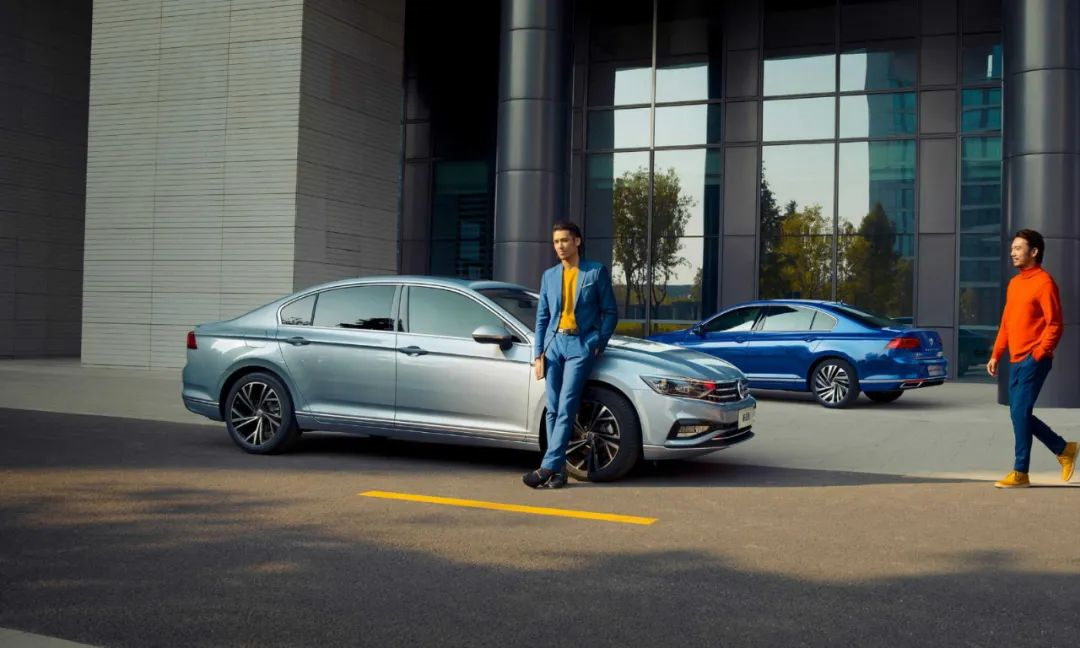
The entry-level market is gone, and so is the mid-to-high-end market. So what’s left?
In fact, Volkswagen has a very clear understanding, which is “the midsize sedan market”, after all, this level is exactly where Volkswagen excels in the domestic market. With two flagship cars, the Magotan and the Passat, it has dominated the midsize fuel-powered sedan rankings from the B2 (Santana) to the B8 for a long time, and has therefore made everyone aware of what a “B-segment car” is.
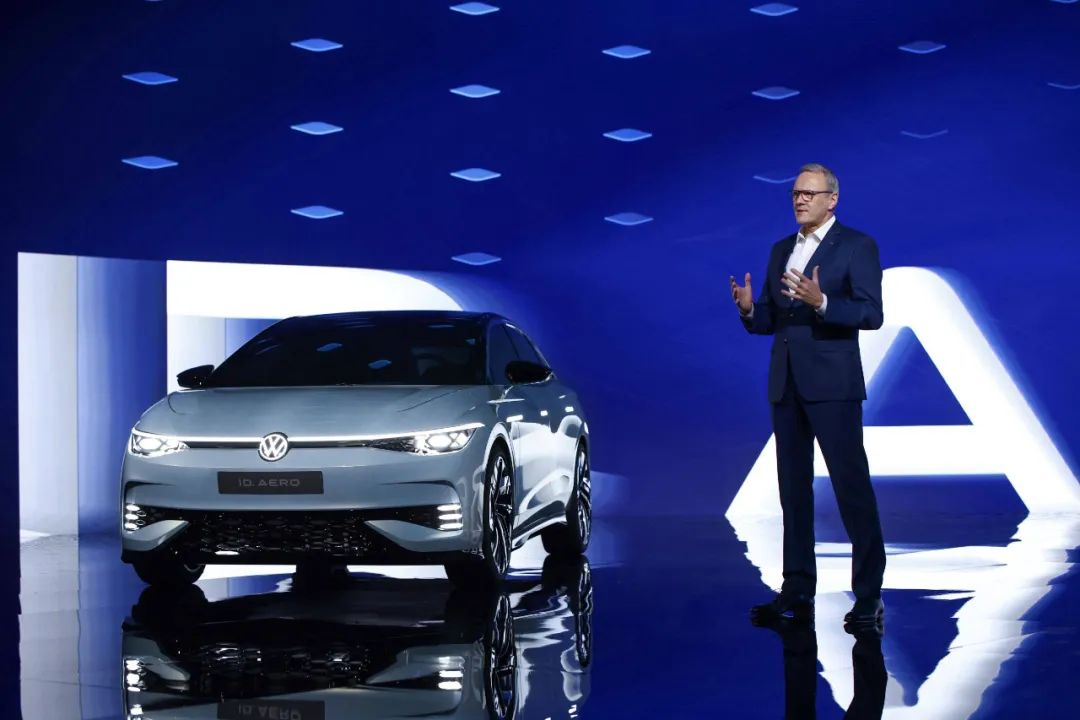
Currently, even though Volkswagen has introduced two SUVs (ID.4 and ID.6) and one two-door sedan (ID.3) into the Chinese market as part of its new energy layout, what is missing is a midsize, three-box sedan that Chinese consumers need to meet their basic needs.
And on June 27th, the first pure electric three-box sedan marketed towards the Chinese market – the Volkswagen ID. AERO, made its global debut in an online release, and allowed the ID series and the MEB platform to officially become a comprehensive range of pure electric platforms, fully covering the sedan, SUV, and MPV markets.
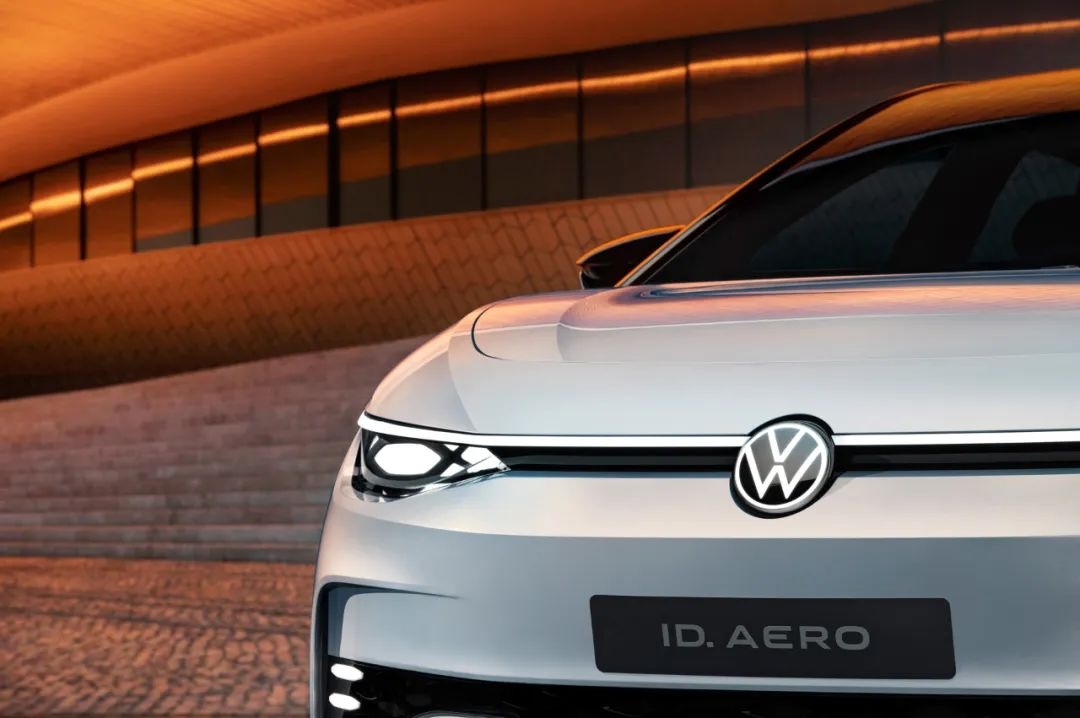 Perhaps some people may say that this is just a customized electric vehicle for China. But actually, according to Volkswagen’s model planning, ID. AERO will be one of the most important models of the Volkswagen brand and its future. It is also the next important member of the ID. family. It is not just a car, but also represents the design direction of future Volkswagen production models.
Perhaps some people may say that this is just a customized electric vehicle for China. But actually, according to Volkswagen’s model planning, ID. AERO will be one of the most important models of the Volkswagen brand and its future. It is also the next important member of the ID. family. It is not just a car, but also represents the design direction of future Volkswagen production models.
The production version will also start selling in the Chinese market in the second half of 2023, and then be gradually launched and sold in the North American and European markets, which means that ID. AERO is a truly global model.
Regarding the appearance of ID. AERO, it can be seen that Volkswagen has been “enterprising”. The new design language seems to make it hard to believe that this is from Volkswagen’s hands, but the familiar VW logo tells us that “this is a new Volkswagen”.
The unique design approach of ID. AERO has indeed successfully separated the balance of new aesthetic concepts from different power systems, allowing it to follow the Volkswagen brand style while creating a more representative and younger brand image through brand genes and emotional resonance.
In terms of details, the full LED light clusters that run through the new ID family give the entire front face a broader visual width while retaining the power of a midsize sedan.
The lower grille does not have a sealed design like traditional electric cars, but inherits the smoked honeycomb grille of the high-performance GTI series. This unique design not only takes into account the appearance, but also improves the aerodynamics of the whole vehicle.
For the side view, ID. AERO largely restores the previously announced ID. VIZZION concept car, with a long coupe style and a black floating roof creating a youthful and dynamic product image.
The entire vehicle waistline also follows the rugged style of the Volkswagen logo, running through the front and rear, and transmitting design tension to the wheels through the rear block, providing strong styling support for the side view.
One interesting point is that you will notice that the headlights, fender badges, hidden door handles, and taillight lines of ID.AERO are neatly aligned on the same line (very Volkswagen), and also incorporate luminous elements.
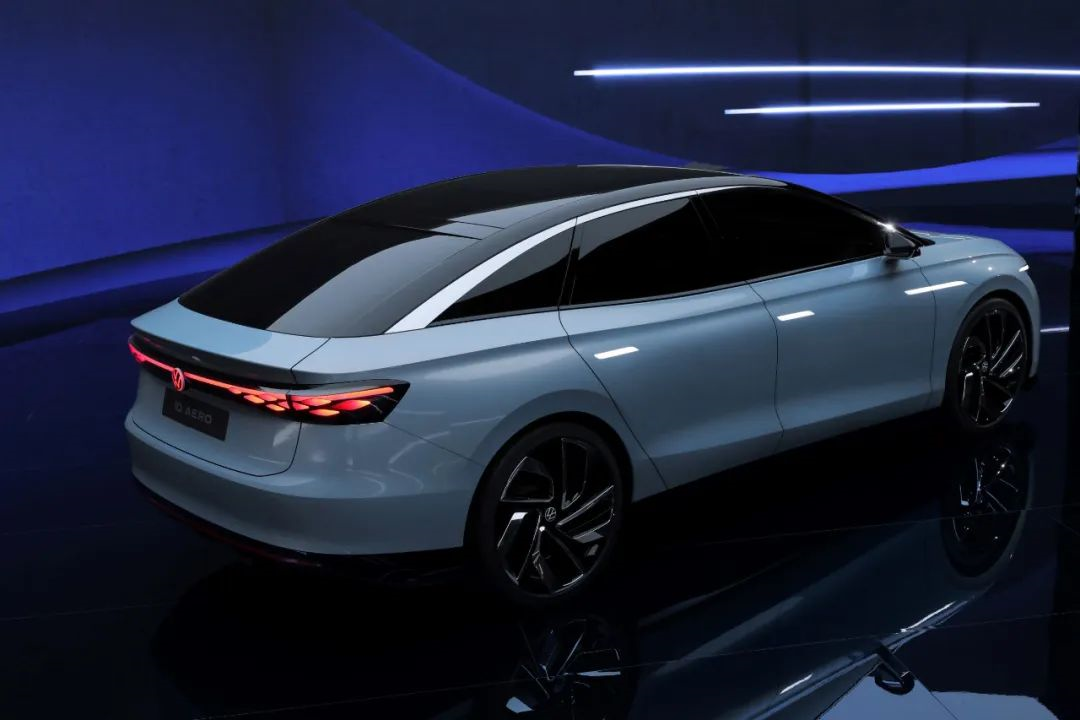
In addition, Volkswagen officially stated that it fully considered the aerodynamic drag reduction requirements during the design stage, so ID.AERO also has a wider body, a smooth roof, and coupe-style side lines. Finally, its drag coefficient is only 0.228.
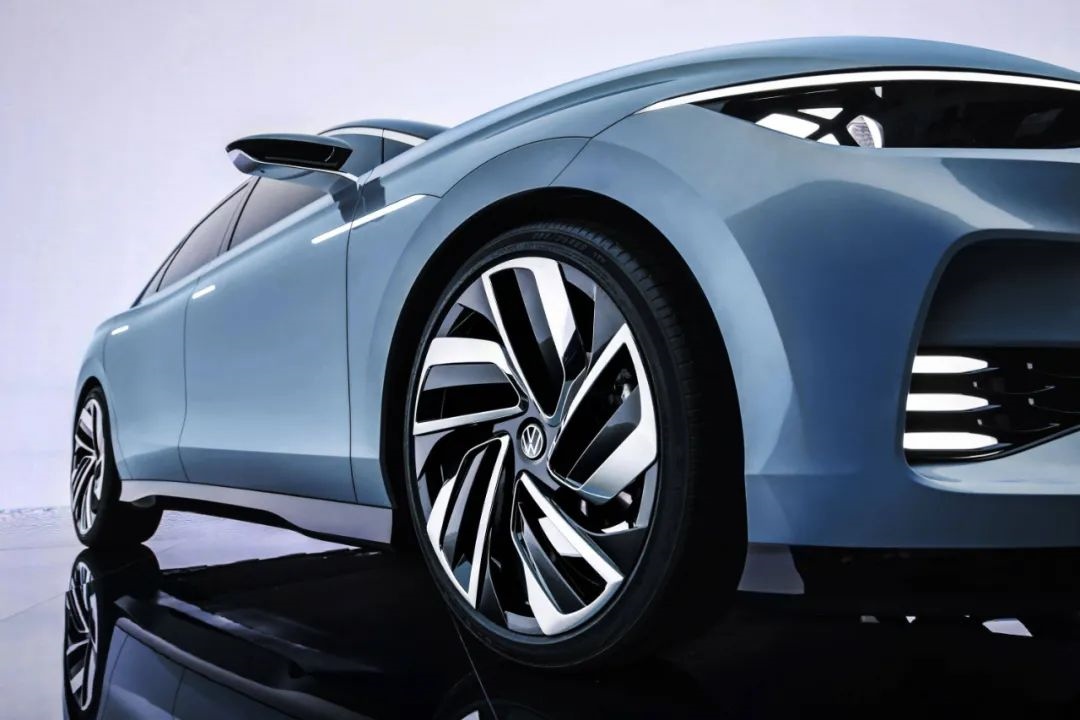
As a medium-sized sedan, the dimensions of the ID.AERO body are particularly important, with a length, width, and height of 4975/1897/1528mm, although the wheelbase stays the same as its big brother, the ID.6, at 2966mm, but the length and width of the body have significantly increased, which brings a more spacious interior space.
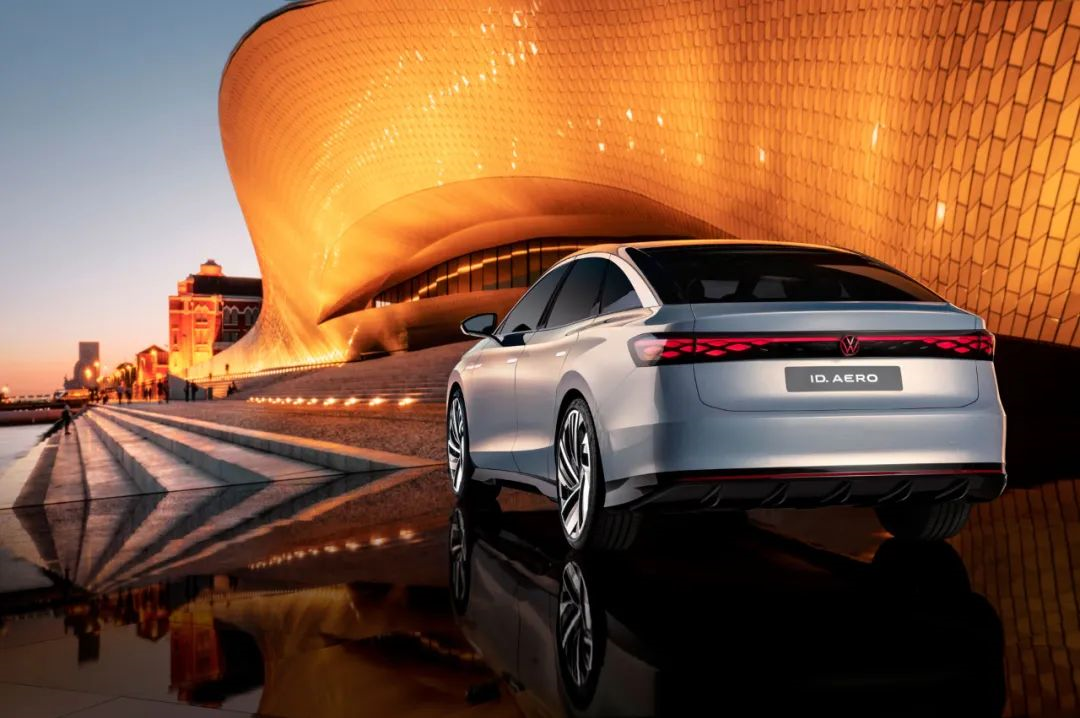
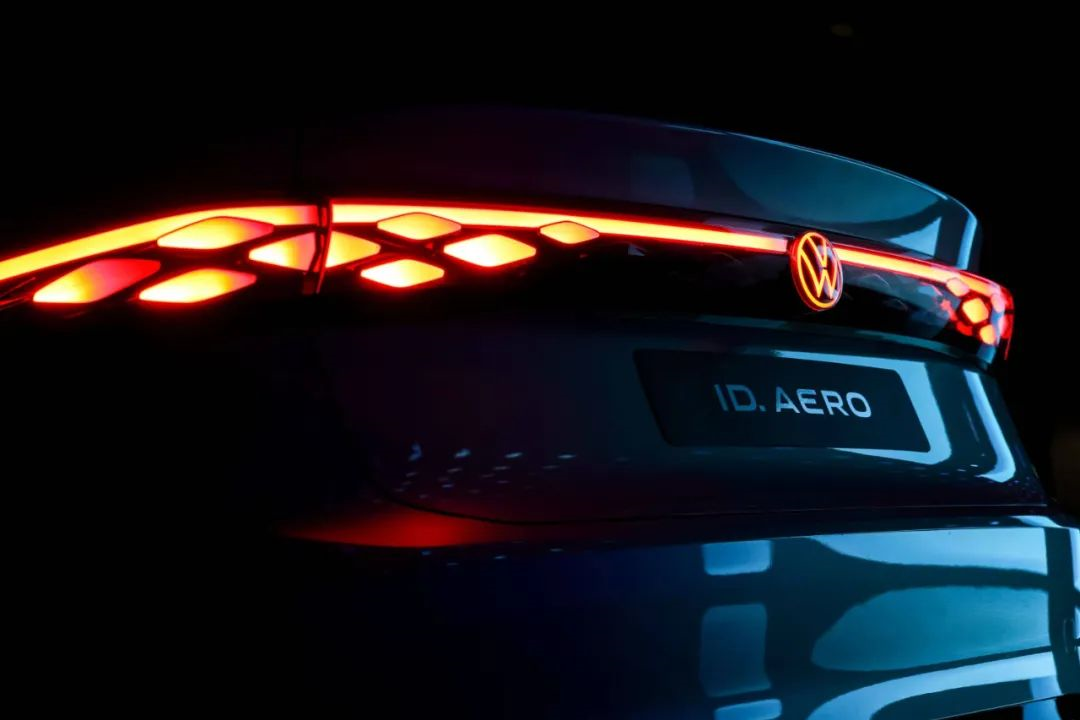
At the rear of the car, Volkswagen tried to bring some futuristic beauty to the ID.AERO design, the integrated blacked-out taillight, illuminated logo, and dot-matrix-style light group added a sense of fashion for the younger generation, while the 22-inch dual-color drag reduction wheels added luxury in an instant.
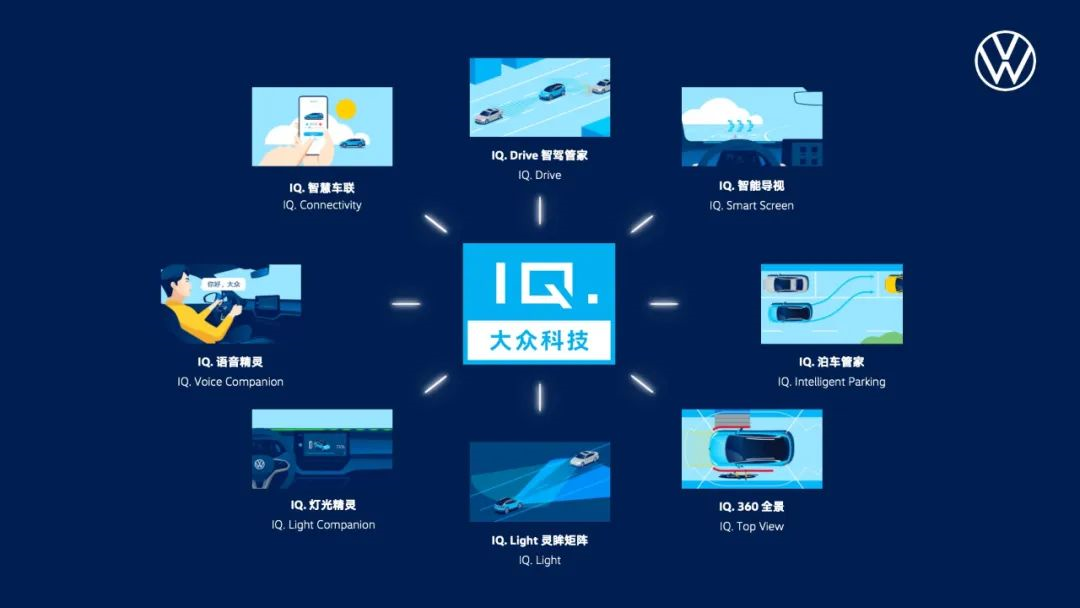
Although Volkswagen did not officially announce the interior layout of the ID.AERO, it also showcased the “Volkswagen IQ. Technology” that it will be equipped with at the unveiling, including: IQ. Drive intelligent driving butler, IQ. Parking butler, IQ. 360 panorama, IQ. Smart car networking, IQ. Intelligent guidance, IQ. Light wizard, and IQ. Voice elf, as well as IQ. Light eye matrix, covering various aspects of intelligent driving assistance, automatic parking, car networking services, and human-computer interaction.
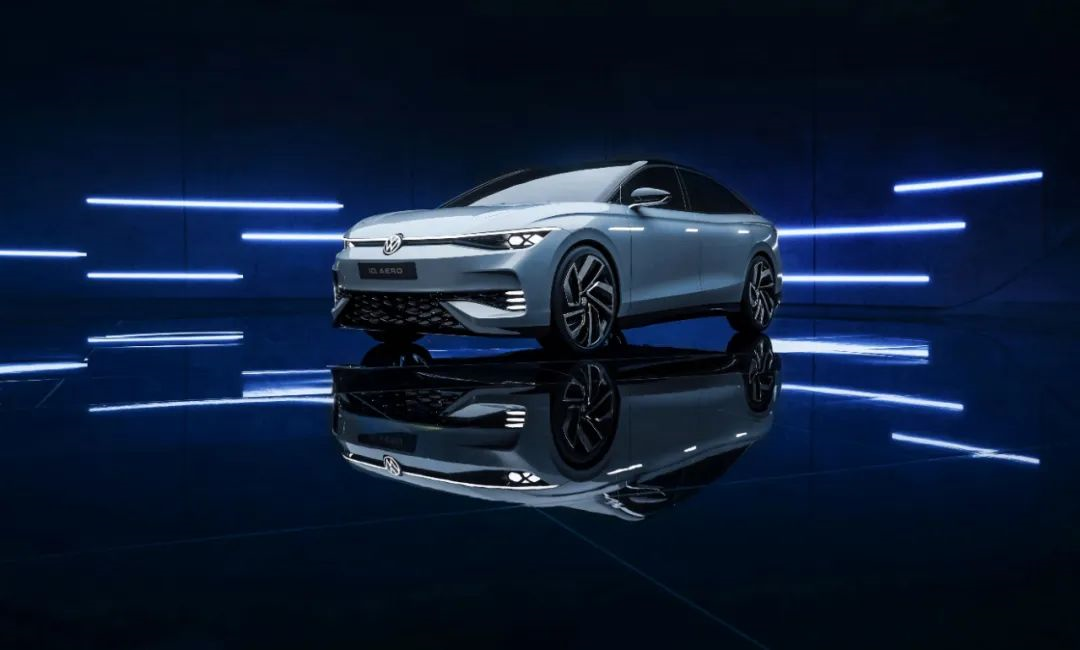 Regarding the power, Volkswagen said that the ID.AERO will be equipped with a battery pack with a total capacity of 77kWh, while supporting 150kW DC fast charging and providing a maximum range of 620km (WLTC cycle).
Regarding the power, Volkswagen said that the ID.AERO will be equipped with a battery pack with a total capacity of 77kWh, while supporting 150kW DC fast charging and providing a maximum range of 620km (WLTC cycle).
Although the range of 620km is not leading in the industry, considering the testing conditions and the fact that the displayed range of the previous ID family models is generally accurate, ID.AERO does not seem to cause range anxiety.
After discussing the exciting product news, let’s get back to the reality topic mentioned at the beginning: “Can the pure electric Passat (ID.AERO) rescue Volkswagen from its dilemma?”
To be honest, as a Volkswagen fan, I am still hesitant!
Theoretically, a more mature brand/model positioning and a moderately conservative yet stylish appearance could indeed attract more stable consumers for ID.AERO. However, the new energy vehicle market is unpredictable, especially with the relentless pushes of new players in the industry who constantly upgrade their “electric” technologies to create sensational topics that deeply embed in people’s mind, leaving ID.AERO’s existing product features not distinctive enough.
Meanwhile, the most urgent issue is that the domestic launch of the ID.AERO by FAW-Volkswagen/SVW Volkswagen will still be in the second half of 2023. It is worth noting that BYD Han, NIO ET7, XPeng P7 and other vehicles available in the market today already have competitive product features in terms of range, intelligence, and design, not to mention the new models that will be launched in 2023.
In conclusion, I shed tears of sorrow when I think of this: “The Volkswagen ID.AERO may fail even before it hits the market!”
This article is a translation by ChatGPT of a Chinese report from 42HOW. If you have any questions about it, please email bd@42how.com.
